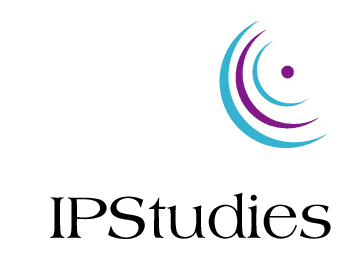Switzerland is preparing a major corporate tax law change to comply with the new OECD international tax practice recommendations (BEPS Action 5) [Update: Swiss Parliament voted the new law in June 2016 , but finally the law was not accepted by the Swiss citizens consulted by referendum in February 2017. A new tax reform in currently back in the legislative agenda, which will take a few more years. The content of this article is therefore obsolete.]
The former tax rulings regimes which were quite opaque and only accessible to multinationals will be abandoned in favour of a more transparent system, that will be more beneficial to local SMEs and corporations with active R&D in Switzerland, in particular through a couple of measures:
- A Swiss patent box, for optimising tax on benefits which can be bound to certain qualifying IP, such as patents and equivalent rights if substantial activities, i.e. local R&D expenditures, are effectively carried out by the taxpayer (here, Switzerland is aligning to the OECD rules, incl. the NEXUS ratio)
- R&D investment deduction incentives, for optimising R&D investments and thus encouraging innovation.
The law is under final debates at the Swiss federal parliament right now (June 2016), but a number of cantons (in particular Vaud) have already actively anticipated its implementation at the cantonal level in the 2018-2020 time frame. For an SME based in Vaud the tax rates will approximately go down from more than 20% (current status) to 13.8% (future Vaud status) without any specific planning. But if the SME sells products and services that are fully backed by qualifying IP, which is the case of many companies active in the ICT, medtech and biotech fields, a further tax saving down to 8% effective rate will be possible, as demonstrated at a dedicated information event organized by PwC last week in Lausanne (thanks to Damien Gremaud and Flora Marin for their explanations, even for non-financial experts).
That’s certainly worth a bit of strategic financial planning for Swiss R&D intensive companies!
The Swiss patent box in particular gives a significant incentive to develop qualifying IP, such as a cost-effective patent portfolio clearly mapping the product & service line, for local SMEs. Beyond the conventional defensive litigation and patent licensing IP strategies, the costs of developing and maintaining a patent portfolio can thus be recovered in the future in several new ways, at least:
- Directly from tax savings. Of course you still need to balance the patent costs with your savings opportunities – but I heard from one of the PwC experts that one patent application is enough, as long as it is alive in at least one country, to be a qualifying IP asset in the current OCDE recommendations. It may thus be enough a file a direct US or a German patent out from your Swiss R&D without going through the more expensive PCT and EP routes to benefit from the tax savings opportunity.
- Indirectly by M&A. Your SME valuation will be more than ever boosted by your patent portfolio and Swiss R&D team assets, as we can anticipate multinationals will be looking for such assets in Switzerland in the near future in order to benefit (or keep on benefiting, for those loosing their former tax rulings advantages) from attractive Swiss tax rates down to 8% with the new instruments.
Further information:
Beyond Switzerland – International practice:
- Ernst & Young review on the impact of the OECD BEPS on IP management (see in particular the conclusion)
- OECD BEPS FAQ
- OECD BEPS Action 5 Patent box – Agreement on modified nexus approach for IP regimes
For Switzerland specifically:
- Introduction to the Swiss patent box and R&D incentive plans (September 2015 status)
- PwC information events
- PwC case study (assumptions based on mid June 2016 legal status)
- Introduction to Swiss competitive tax rates by Vischer Swiss law and tax firm (in English and Chinese)
- Swiss tax for dummies
Interested in optimizing your made-in-Switzerland IP valuation? ask us for an IP portfolio audit!
Interested in investing in Switzerland patent and R&D assets? ask us for a local patent & inventive R&D scouting!
